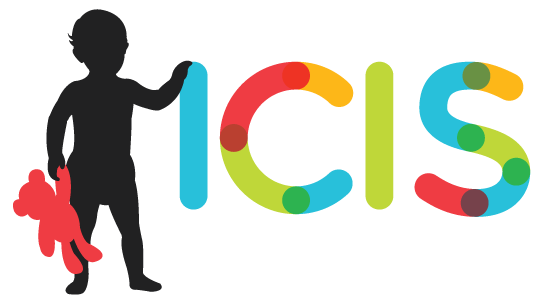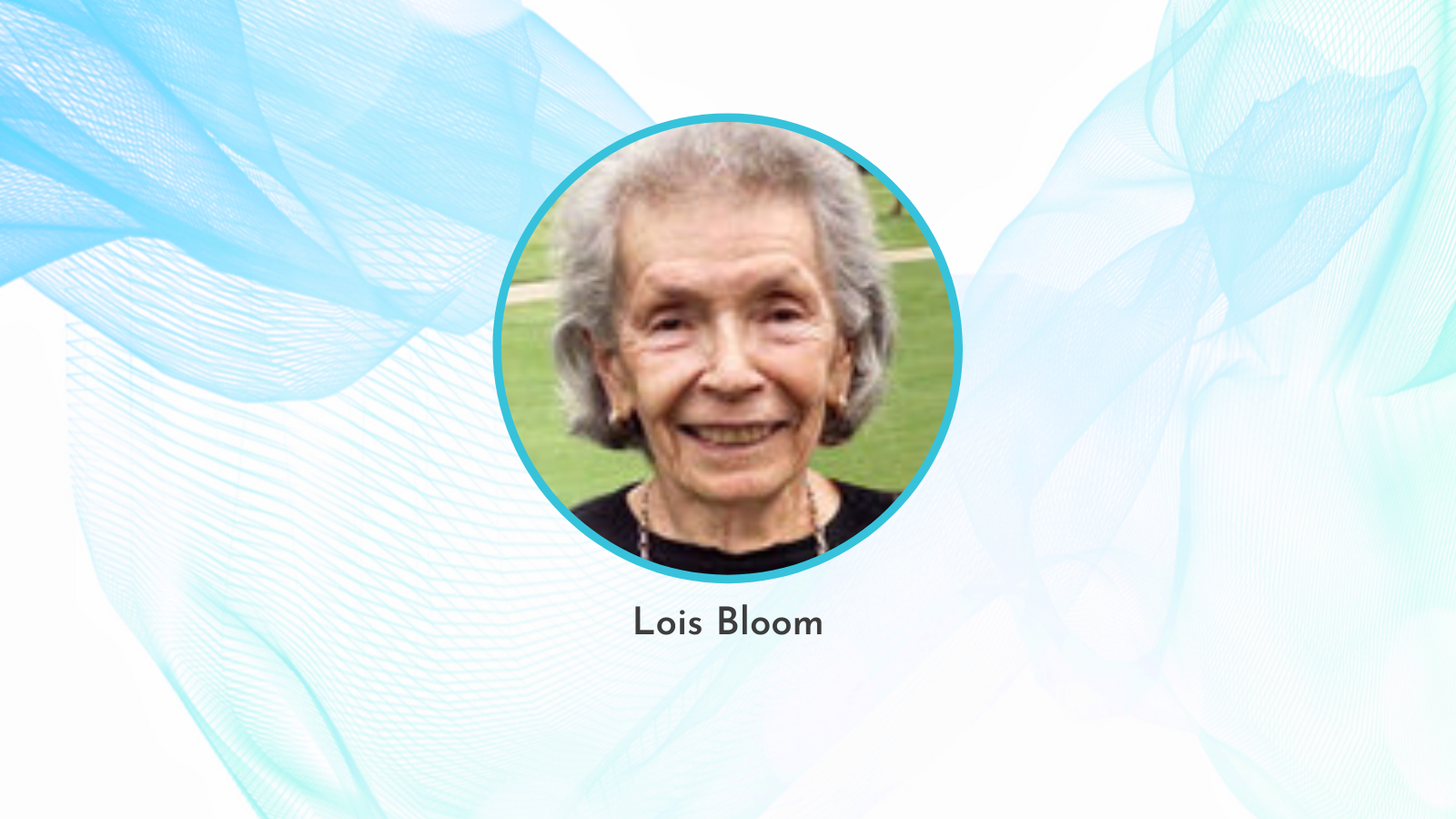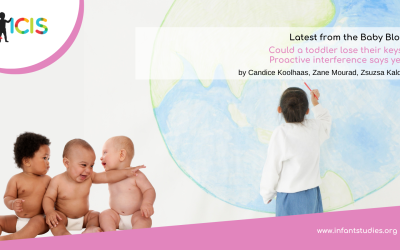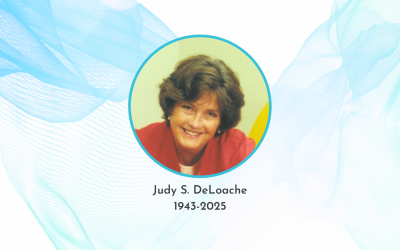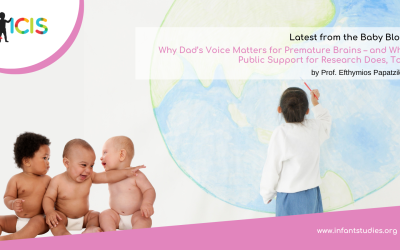On January 14, the field of language acquisition lost one of its founding mothers, Lois Bloom. After graduating with a Ph.D. from Columbia University, where she studied with famed sociolinguist William Labov in the Department of Linguistics, she moved to Teacher’s College at Columbia where she was the Edward Lee Thorndike Professor of Psychology and Education.
At a time when the modern field of language development was just starting, Lois was a counterweight to the Chomskian surge that explained language development as innate – as emerging from a language organ in the brain. She insisted that real children develop language to express their understanding of the world. Language grows in “content, form and use” through interactions with real caregivers in social activities. Her intentionality model put the child on center stage. Using the child’s intent to share meaning, she showed the field how children’s limited utterances can have varied meanings depending on the context of use. Her brilliant example of, “mommy sock” uttered by her daughter, Allison, could mean anything from “mommy has a sock,” to “mommy please put the sock on my foot.” The child used her limited verbal resources to share what she was thinking with her caregiver.
Lois Bloom’s questions previewed many of the issues we study today. She and her students asked how children learn through imitation, how they learned connectors such as and and but, as well as how children first develop Wh-questions. Her methods were revolutionary. Dr. Lois Bloom was the first to videotape and meticulously transcribe children’s speech as they moved from using single words at age one, to two-year-olds who put words together to create longer and more complex utterances. This rich corpus of data was used by many of her students giving us a bird’s eye view of language growth in situ.
Lois Bloom’s influence went beyond her writing. Her students include Bambi Schieffelin, Karen Lifter, Peggy Miller, Matthew Rispoli, and Lois Hood, to name a few and they made contributions to fields as diverse as anthropology, education, speech and communication, and developmental psychology.
Lois took her science seriously and always stood ready to provide instructive and constructive criticism to her colleagues to improve their work. She was among the first group of women who became prominent in the field of psychology.
To us, she was much more than an intellectual leader. She was a mentor and friend who took time out of her busy schedule to help emerging scholars find their way. Many of us benefitted from her handwritten critiques of our papers.
Lois was an equestrian, a superb golfer, and a gardener. She travelled extensively to share her ideas around the globe. And she was known to be a gourmand. Most importantly, she was fun to be with. We were honored to be in her orbit.
Kathy Hirsh-Pasek, Roberta Michnick Golinkoff, Cathie Tamis-LeMonda, and Bambi Schieffelin.
https://www.columbia.edu/~lmb32/Biographical%20Sketch%202017.htm
